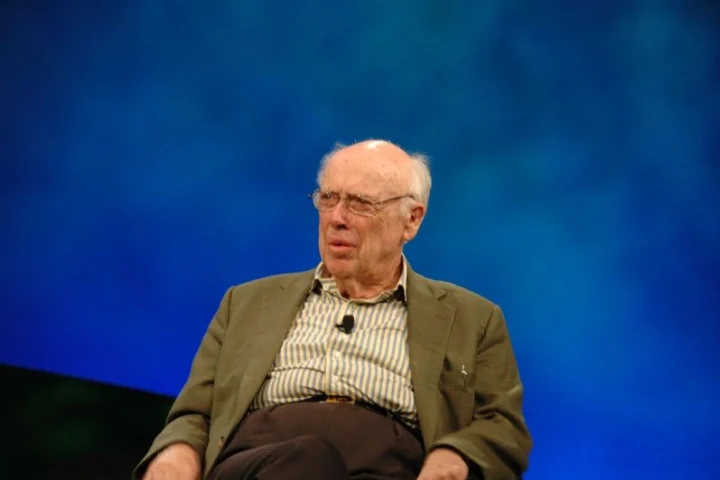U.S. Daylight Saving Time Ends: Clocks “Fall Back” to Standard Time
A quick guide to when clocks change, who’s exempt, and why the twice-yearly switch exists—plus an interactive “fall back” simulator.

When does daylight saving time end?
It’s time to fall back again. The clock will strike 1 a.m. twice Sunday as daylight saving time once again comes to an end. Here’s what you need to know about daylight saving time and why the United States changes clocks twice a year.
Daylight saving time started March 9 and ends Sunday. Unlike in the spring, when we lose an hour and the clocks skip the 2 o’clock hour entirely, we will gain an extra hour Sunday, with clocks jumping from 1:59 a.m. back to 1 a.m. The sun will also start setting earlier across the United States as we head into the late fall and winter.

How long does standard time last?
Standard time across the United States will remain, as will earlier sunsets and darker evenings, until spring rolls around and daylight saving time starts once again. That means daylight saving time will begin again Sunday, March 8, 2026 and end Sunday, Nov. 1, 2026, following the current federal schedule (USNO reference).
Why do we observe daylight saving time?
The practice, established by the Standard Time Act in 1918 (see U.S. Department of Transportation), was adopted to extend evening daylight in warmer months by shifting the clock. It was quickly repealed in 1919 and became a local matter, then re-enacted nationally during World War II (1942–1945). After the war, observance varied until the Uniform Time Act of 1966 standardized seasonal time changes while allowing states to opt out.
According to the U.S. Naval Observatory, start/end dates changed several times; since 2007, DST begins on the second Sunday in March and ends on the first Sunday in November.
Which states don’t observe?
Hawaii and most of Arizona don’t observe daylight saving time and therefore don’t change their clocks twice a year (USNO). U.S. territories including American Samoa, Guam, Puerto Rico, the U.S. Virgin Islands and the Northern Mariana Islands also remain on permanent standard time (NCSL).
Do other countries do this?
Many do, but not most. About one-third of countries observe seasonal clock changes, while many others ended the practice (Pew Research Center). Northern Hemisphere countries that use DST are concentrated in Europe and North America, while some Southern Hemisphere countries also use “summer time” on their reversed seasonal calendar.
What efforts have been made to end the practice?
The Senate passed a version of the Sunshine Protection Act in 2022, but the measure did not become law. Many states have considered or passed conditional measures related to permanent time arrangements; under current federal law, moving to permanent standard time can be done by states, while permanent DST would require congressional action (NCSL explainer).
What experts say about sleep and health
Health groups and sleep experts have called for ending seasonal clock changes, with many recommending permanent standard time due to circadian alignment (AASM position statements). As sleep researcher Rebecca Robillard notes, “You can’t sleep in advance and make up for loss of sleep.” Practical tip: avoid strenuous exercise right before bedtime, as it can send mixed signals to your biological clock.
Interactive — “Fall Back” Simulator
Drag the slider to move through the early hours of Sunday (local time). Between 1:59 and 1:00, the clock repeats the 1 a.m. hour.
Summary
The explainer outlined when daylight saving time ended, how the clock change works overnight, which places are exempt, and the history and rules behind the schedule. The next scheduled start under current law is March 8, 2026, with an end on Nov. 1, 2026.


















